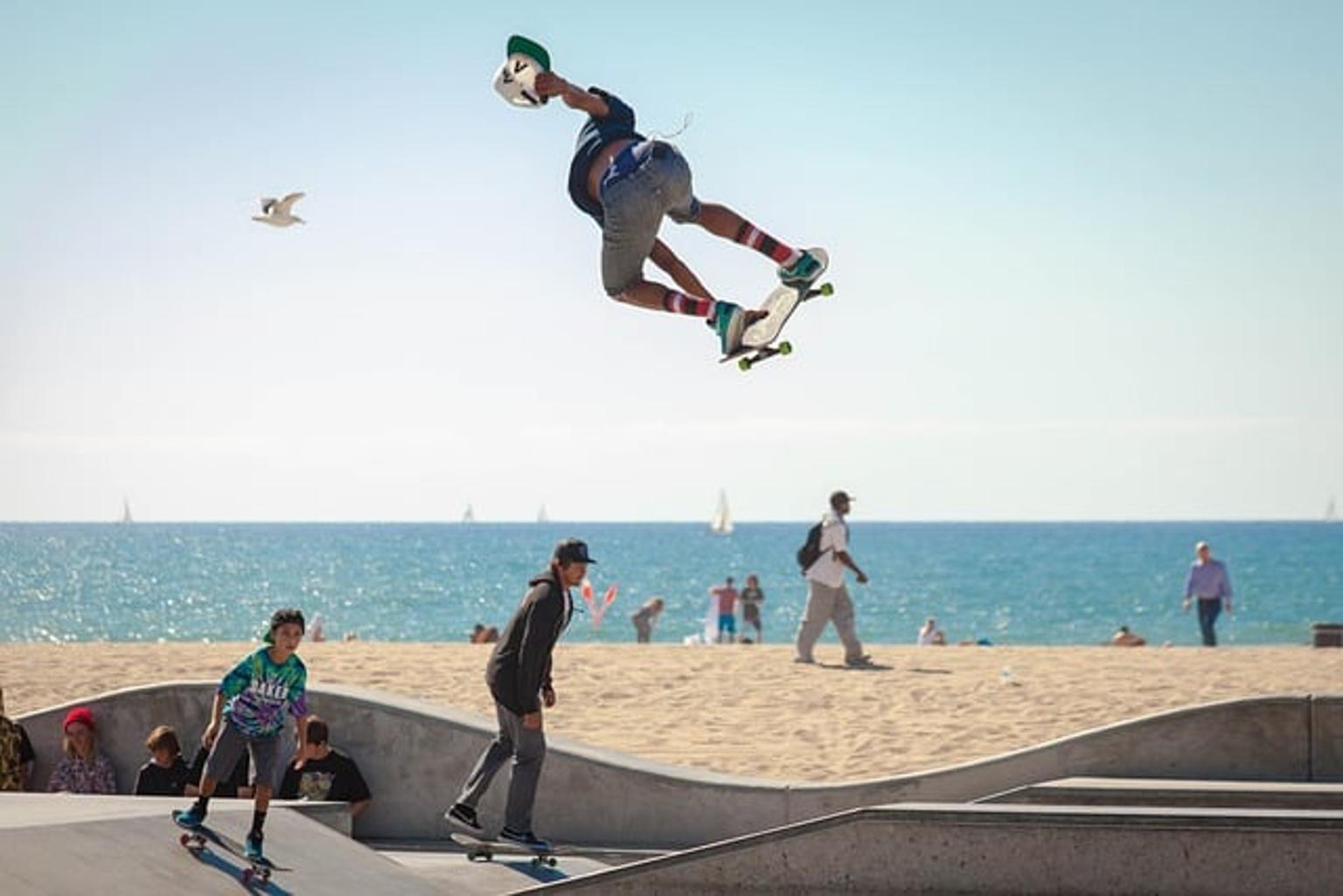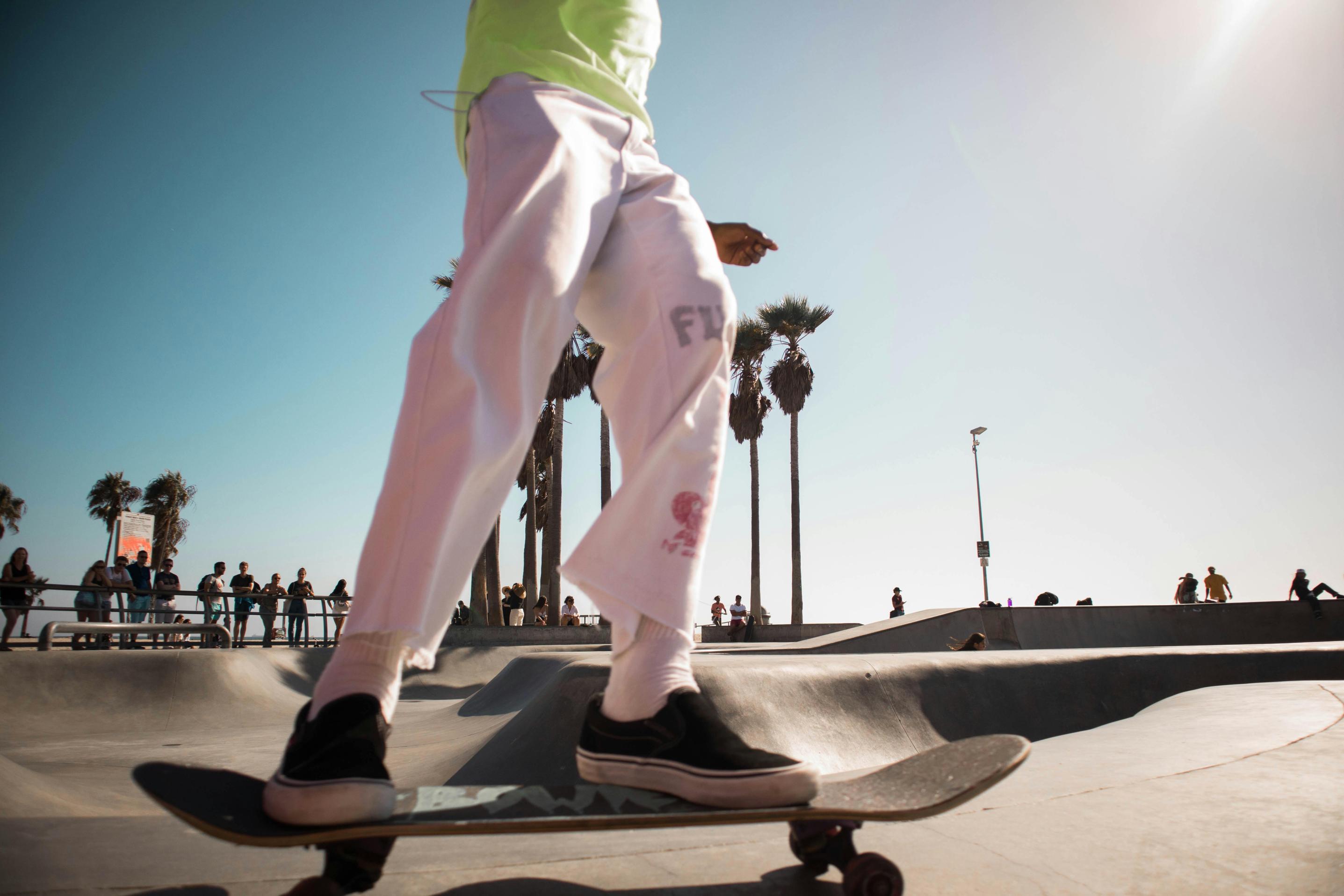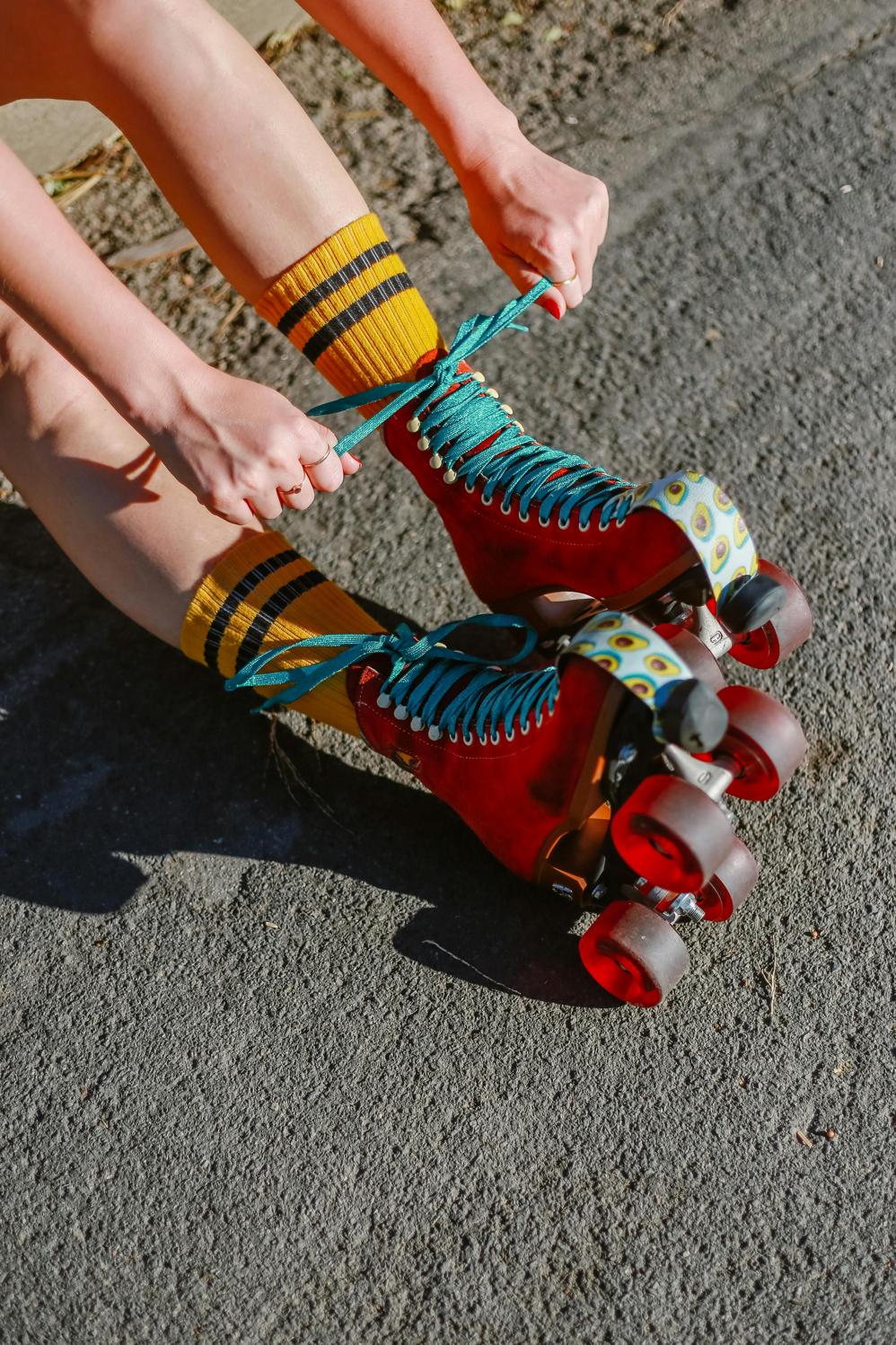How to Put Skateboard Wheels On: A Complete Guide
Introduction
If you’re new to skateboarding or just looking to maintain your own board, knowing how to put skateboard wheels on is essential. Properly installing your skateboard wheels ensures smoother rides and better performance. Whether you’re customizing your setup or replacing worn-out wheels, this guide covers everything you need to know. Let’s dive in and get your skateboard rolling like a pro.

Tools and Materials Needed
Before you begin the wheel installation process, it’s important to gather all the necessary tools and materials. This will make the task simpler and more efficient. Here’s what you will need:
- Skateboard wheels
- Skateboard bearings
- Skate tool or wrench
- Bearing press or a rubber mallet
- Cleaner (optional)
Having these items on hand will ensure you’re fully prepared for the task ahead, making for a smoother and more enjoyable process. Now, let’s get your skateboard prepped for the swap.

Preparing Your Skateboard
Removing Old Wheels
First, you need to remove the old wheels from your skateboard. Using your skate tool or wrench, loosen the nuts on the axle until they come off completely. Once the nuts are removed, the wheels should slide off the axles with minimal effort. Keep these nuts and washers handy, as you’ll need them to attach the new wheels.
Cleaning the Trucks and Axles
After the wheels are off, it’s a good idea to clean the trucks and axles. Dirt and grime can accumulate over time, which can affect the performance of your skateboard. Use a cloth or brush to remove any residue. For stubborn dirt, a little bit of cleaner can go a long way. Clean axles ensure smoother rotation once the new wheels are installed.
Selecting the Right Wheels
Types of Skateboard Wheels
Skateboard wheels come in various types, each suited for different terrains and styles of skating. The most common types include:
- Street wheels: Smaller and harder, ideal for tricks and smooth surfaces.
- Cruiser wheels: Larger and softer, designed for rougher surfaces and long-distance skating.
- All-terrain wheels: Versatile, suitable for multiple terrains including skate parks and streets.
Understanding these types will help you select the right wheels for your skating needs.
Choosing Based on Skate Style
Your skate style largely determines the type of wheels you should choose. If you’re into street skating and performing tricks, smaller, harder wheels are your best bet. For cruising around town or commuting, larger, softer wheels offer a more comfortable ride. Matching your wheels to your skate style enhances your performance and enjoyment.
Installing the Bearings
Importance of Bearings
Bearings are the components that enable your wheels to spin smoothly. They sit inside the wheels and are crucial for maintaining speed and control. High-quality bearings can significantly improve your skateboarding experience.
Step-by-Step Bearing Installation
- Insert Bearings: Place a bearing onto the truck axle and press the wheel onto it until it clicks into place. Repeat for the other side of the wheel.
- Use Bearing Press: If you have a bearing press, it can make this step easier. Place the bearing into the press, then press the wheel down until the bearing is fully seated.
- Repeat: Install the second bearing on the other side of the wheel using the same method.
Common Mistakes to Avoid
- Misalignment: Ensure the bearings are properly aligned to avoid wheel wobble.
- Uneven Pressure: Apply even pressure when pressing the bearings to avoid damaging them.
- Over-tightening: Don’t over-tighten the nuts, as it can restrict wheel rotation.

Attaching Wheels to Trucks
Positioning the Wheels
Once your bearings are installed, it’s time to attach the wheels to the trucks. Slide each wheel onto the truck axle. Make sure the bearing side faces inward, and the wheels fit snugly onto the axles.
Securing the Wheels with Nuts
Next, take the nuts you previously removed and screw them back onto the axles. Use your skate tool or wrench to tighten the nuts. Tighten them until there’s slight resistance, but ensure the wheels can still spin freely.
Ensuring Even Wheel Placement
It’s important to make sure the wheels are evenly placed on the trucks. An easy way to check this is to spin the wheels and observe any wobbling. If you notice uneven placement, adjust the nuts and axles until the wheels spin smoothly.
Final Checks and Adjustments
Testing Wheel Spin
After attaching all four wheels, give each one a spin to ensure they rotate smoothly. Properly installed wheels should spin freely without significant resistance or wobbling. This indicates that the bearings are seated correctly and the nuts are not over-tightened.
Adjusting Wheel Tightness
Check the tightness of the nuts one last time. The optimal tightness allows the wheels to spin freely while staying securely attached. If necessary, make small adjustments to achieve the perfect tightness. This ensures your skateboard is ready for a smooth ride.
Maintenance Tips
Regular Wheel and Bearing Check-ups
Perform regular check-ups on your wheels and bearings to ensure they’re in good condition. Look for signs of wear and tear, such as flat spots on the wheels or grit in the bearings. Keeping up with maintenance can extend the life of your skateboard components.
Cleaning and Lubrication
Regular cleaning and lubrication can keep your bearings in top shape. Remove the bearings from the wheels periodically, clean them with a bearing cleaner, and apply a light lubricant. This helps maintain smooth wheel rotation and prolongs bearing life.
Conclusion
Putting skateboard wheels on is a straightforward process that significantly impacts your ride quality. By following these steps, you ensure your skateboard performs at its best, providing smooth rides and precise control. Gather your tools, select the appropriate wheels, and enjoy skating with confidence!
Frequently Asked Questions
How Often Should I Replace My Skateboard Wheels?
You should replace your skateboard wheels when they show significant signs of wear, such as flat spots, cracks, or reduced performance. Typically, this could be every few months to a year, depending on your skating frequency and style.
Can I Reuse Old Bearings with New Wheels?
Yes, you can reuse old bearings with new wheels as long as they are still in good condition. Clean and inspect them for any damage before reinstalling them in your new wheels.
What Should I Do If My Wheels Are Making Noise?
If your wheels are making noise, it may be due to dirt or debris in the bearings, loose nuts, or signs of wear. Clean the bearings, tighten the nuts, and inspect the wheels for damage to resolve the issue.

